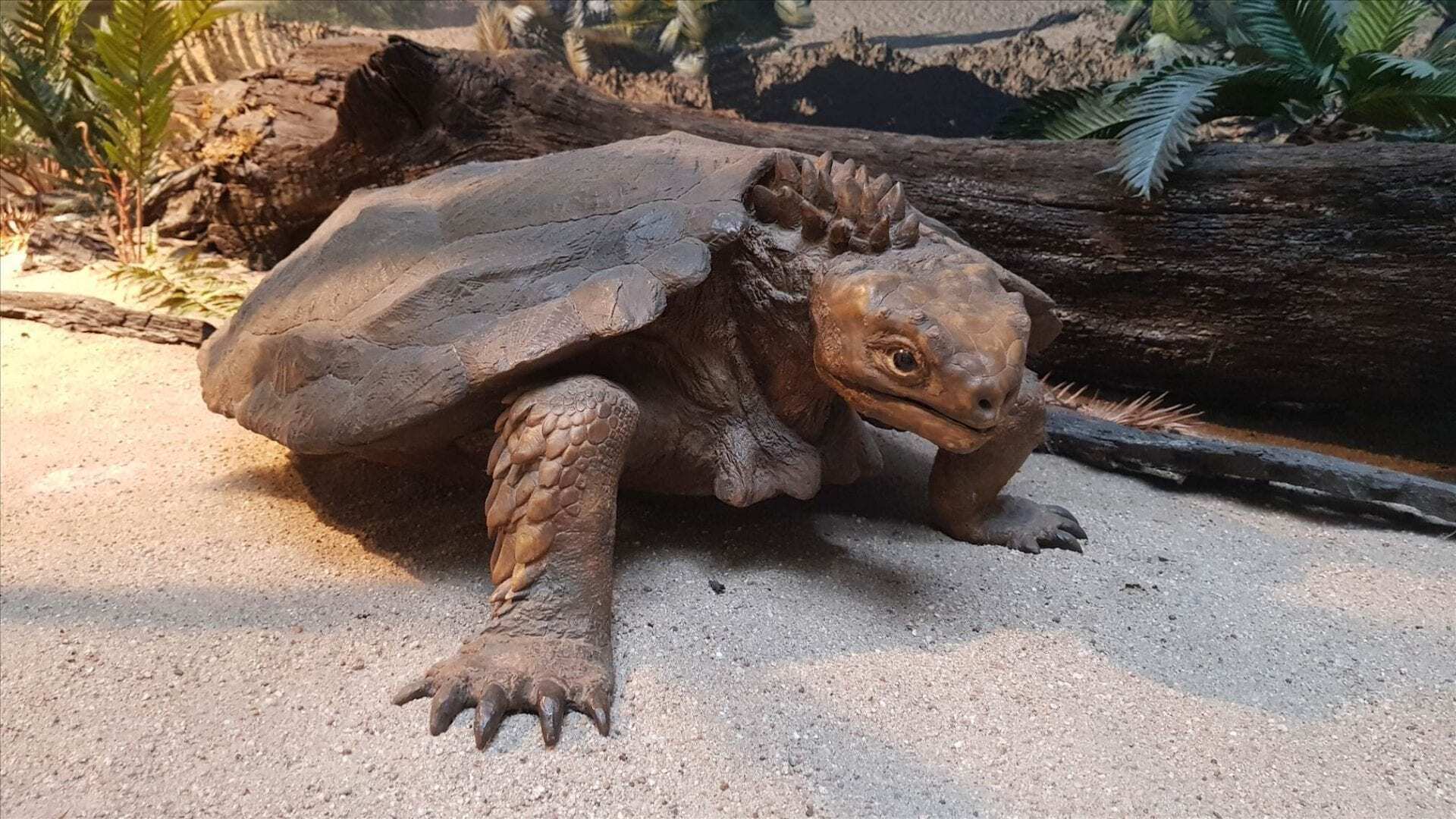The origin of turtles is among the most debated topics in evolutionary biology. In a recently published study by Senckenberg scientist Ingmar Werneburg, in cooperation with an international research team, refutes existing hypotheses and sheds a new light on the evolution of the skull architecture.
The results indicate a close link between skull evolution and the highly flexible neck of these armored reptiles.
In addition to their shell, turtles are characterized by their flexible necks and small heads. “Although turtles belong to the reptiles, their skulls differs markedly from those of other members of this group, which – together with their unique armored skeleton – makes it difficult to assess their phylogenetic origin,” explains PD Dr. Ingmar Werneburg of the ‘Senckenberg Centre for Human Evolution and Palaeoenvironment (SHEP) an der Universität Tübingen’.
Fossils suggest that several modifications during turtle evolution drove the initially mobile skull to transform to a rigid structure. In this process, the temporal openings behind the eyes closed as well, forming a so-called anapsid skull, which is not found in any other living reptile.
At the same time, the animals developed a unique arrangement of their jaw muscles, comparable to a pulley system. “Until now, it was assumed that these modifications led to an increased bite force in turtles, and that this development constituted a functional adaptation to a modified feeding behavior,” adds Werneburg.
This hypothesis was now tested for the first time under biomechanical aspects by an international research team led by Werneburg. The scientist from Tübingen comments as follows: “To our surprise, the results do not show any support for an increased bite force – neither due to the skull’s rigidity nor caused by the rearranged jaw musculature.” However, the analyses reveal that the evolutionary innovations led to an optimized skull structure, which can withstand higher stress loads while requiring less bone material.
“We combined our new findings with the previous paleontological and anatomical knowledge, allowing us to develop a new scenario,” explains Werneburg. The key feature in this scenario is the close link between the evolution of the skull and the highly flexible neck. “We assume that the skull of modern turtles is the result of a complex process that has been taking place since the emergence of the shell.” On the one hand, the neck movement facilitates a general increase in the animal’s mobility, which counteracts its otherwise rigid body. On the other hand, the option of retracting the neck serves as an additional protective mechanism in dangerous situations.
Moreover, the modifications in the turtles’ skull may not only have led to an improved stress distribution but may also have paved the way for the evolution of new species. “The evolutionary potential for a novel skull architecture and longer, more flexible necks enabled the development of a larger diversity among turtles during and after the Jurassic period,” adds Werneburg in closing.
Senckenberg Research Institute and Natural History Museum
Header Image – Reconstruction of the turtle Proganochelys quenstedti at Naturkundemuseum Stuttgart. Foto: I. Werneburg





